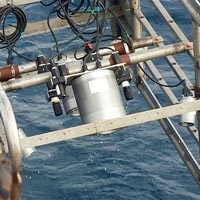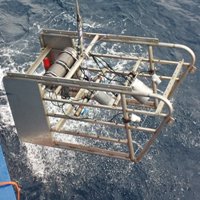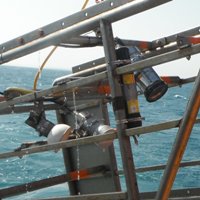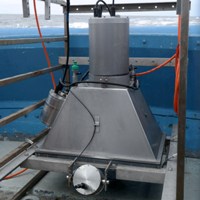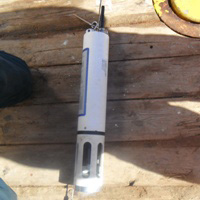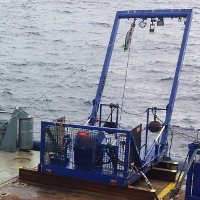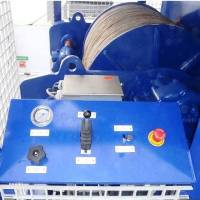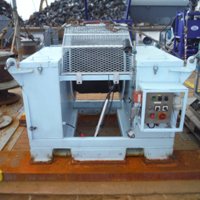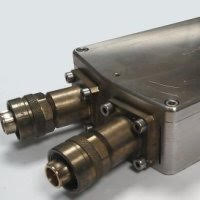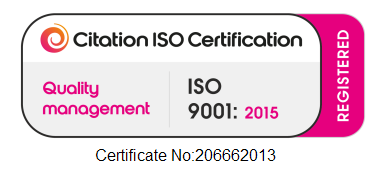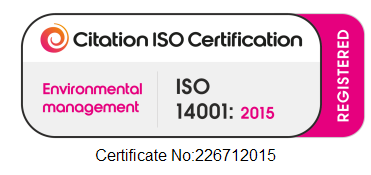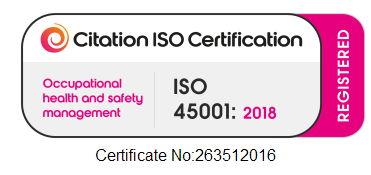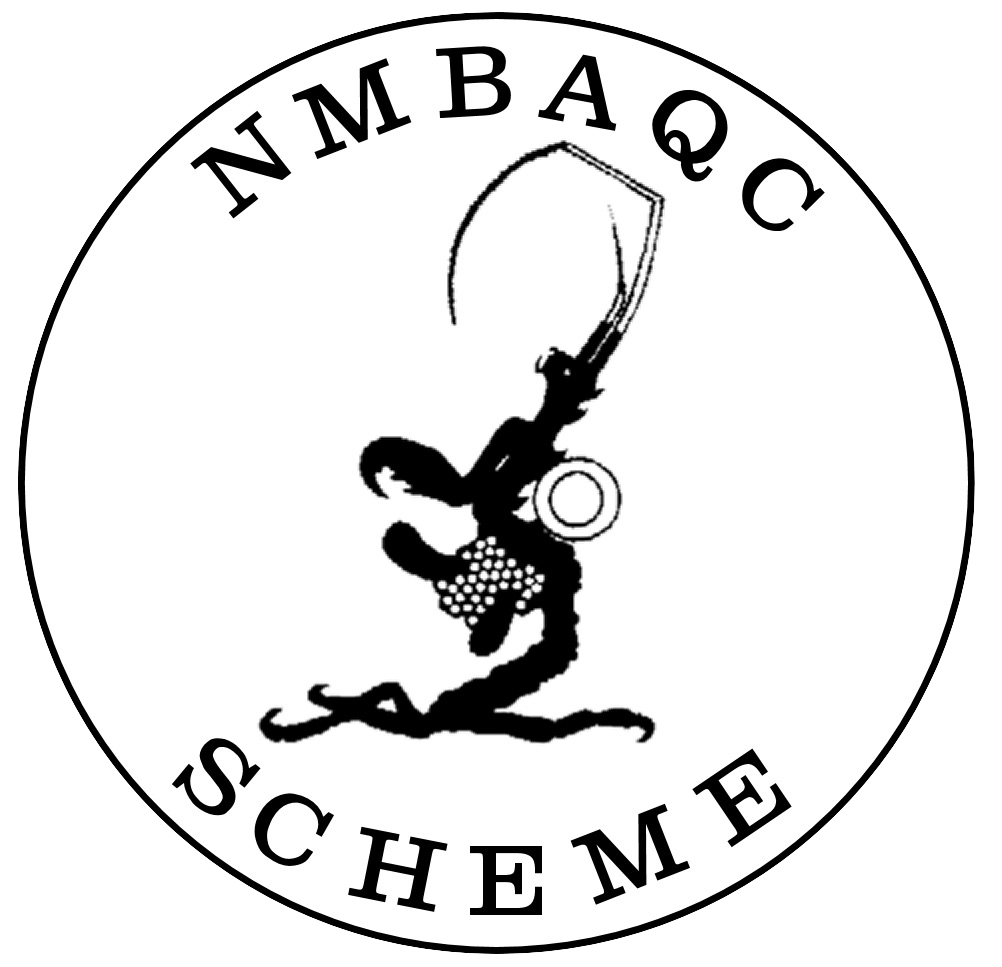Sediment / Fauna Samplers
USNEL BOX CORER
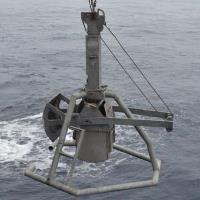
The USNEL type box corer has become the standard sampling tool for surveys in soft or mixed deep sediments. The enlarged surface area of the box (0.25m²) allows for relatively large sample sizes to be recovered in any water depth. The standard box corer is built and deployed within a gimballed hexagonal frame, with a standard deployment weight of up to 900kg and maximum penetration of 65cm. This sampler has inspection hatches and a removal box for sample recovery.
GREY-O’HARA BOX CORER
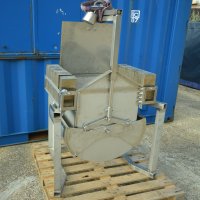
This box corer (also called the GOMEX corer) is a more compact type of sampling device which is a standard sampling tool for surveys in very soft sediments. The enlarged surface area of the box (0.25m²) allows for relatively large sample sizes to be recovered in any water depth. The box corer is deployed from a separate deck frame and has a standard deployment weight of up to 450kg and maximum penetration of 70cm. This sampler has a large inspection hatch for direct sub-sampling.
BSL DOUBLE GRAB

The BSL double grab (sometimes referred to as a double Van Veen) was designed and built by BSL in 2007 to improve efficiency when multiple sediment sample replicates are required, or where both physico-chemical and biological replicates are required at a single location. This multi-purpose sampling tool is ideal for shallow-water and deep-water operations alike, effectively halving the ship-time required to acquire sample replicates. Made of stainless steel, the grab has a deployment weight of approximately 200kg and each bucket has a 15 litre capacity and a maximum penetration of 20cm.
DAY GRAB
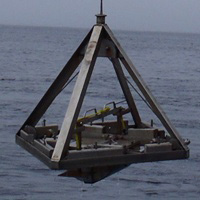
The 0.1m² Day grab is the standard sampling tool for medium to shallow water operations. Its compact, but heavy duty design allows for use in a multitude of sediments type from both small and large vessels. BSL operates modified units of its own construction which are entirely comprised of stainless steel with a deployment weight of approximately 200kg, a 15 litre bucket capacity and a maximum penetration of 20cm. Each unit is supplied with a stand, and has access doors for sample inspection and sub-sampling. This sampler can be operated by a single user.
MINI-HAMON GRAB

The mini-Hamon grab is a 0.1m² version of the standard larger unit. This device is ideal for obtaining bulk samples of mixed seabed sediments, ranging from silts to gravels, and is the sampler of choice for coarse sediment surveys (diamiction sands and gravel) and aggregate surveys (as approved by CEFAS). BSL operates modified units fitted with a stainless steel bucket and an additional access door for sample inspection and sub-sampling. The unit is supplied with a separate stand, and has a deployment weight of approximately 200kg, a 12 litre bucket capacity and a maximum penetration of 20cm.
GRAVITY and PISTON CORER
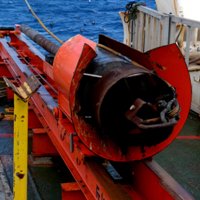
BSL utilises a standard Feritech gravity and/or piston corer based on a 3.5 inch (89mm) internal dimension barrel. There are two penetration option: 3m or 6m, using a clear PVC liner and a tulip-type core catcher insert. The design is based upon proven concepts…including a quick barrel release and configurable weights between 40kg and 500kg to control the penetration depth. This system can be deployed manually or via a hydraulic catcher system.
CARTRIDGE CORER
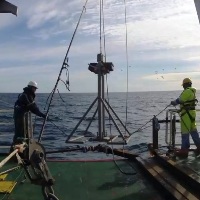
This is a unique deep-penetration multi-corer, designed and built by BSL to obtain high quality surface samples from drilling-related cuttings pile (i.e. decommissioning surveys) and micro-seep samples for geochemical exploration. This 500kg sampler has an adjustable penetration capacity down to 2m, and can recover up to three cores simultaneously in soft sediments. Unlike other corers, this sampler ensures the surface sediments remain undisturbed, and is ideal for detailed chemical and stratigraphic analysis.
WILSON AUTOSIEVER©
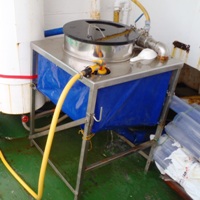
The Wilson Autosiever© (WAS) was designed by Ian Wilson in the late 1980s to standardise sieving operations, increasing efficiency of handling and processing without compromising the quality. Its simple, yet unique and revolutionary design enables its employment from any vessel in a variety of different sediment conditions, ranging from coarse heterogenic substrates to soft clays and silts. Cited as best practice for biological processing*, the WAS system has become standard throughout the North Sea and is used worldwide. Systems are currently being employed all around the world by a multitude of different users including survey companies, fish farms, government institutes and agencies, laboratories, universities and environmental consultancies.
* Proudfoot, R.K., Elliott, M, Dyer, M.F., Barnett, B.E., Allen, J.H., Proctor, N.L., Cutts, N.D., Nikitik, C., Turner, G., Breen, J., Hemmingway, K.L. and Mackie, T., 1997. Collection and processing of macrobenthic samples from soft sediments; a best practice review. Proceedings of the Humber Benthic Field Methods Workshop, Hull University.


